Deck building tips for a durable deck construction:
- Meeting setbacks and getting building permits in Canada & US
- Raised Deck frame specification - make sure the structure is strong enough
- Which raised deck foundations are best: cement pillars (Sonotubes), screw piles, floating deck blocks
- What's the best type of deck board - pressure treated or hemlock, cedar or composite decking
- How to build a deck that lasts: our best tips for durability and for a longer lifespan
Deck permits, deck codes and setbacks:
The first step of building a deck in Canada or North America should be staying on the right side of the law and keeping safe. Raised decks need to be built to support the weight of everything that may be on them, patio furniture, barbeque, and most importantly all your friends and family who are there to enjoy a cool beer. This is why building code and permits exist - to ensure a minimum safety standard is met. Depending on how meticulous your municipality or state is, you may need a permit and you may need to show drawings to get one. This is why you should first learn what the local setbacks and permit requirements are so you don't waste your time coming up with plans and applying for a permit that would be instantly refused. Find out where exactly your property line is too so you know you meet the necessary setbacks. So the first step when building a new deck, especially a raised deck, is to call your local authority or town hall to see what the limitations are, what the specifications required for building a new deck are, and what they will require from you to get a permit if needed.
Deck structure specifications - joists and beams:
Joists are the repeated structural members that are used to build a deck frame with - to put it simply, they're the parts you can't see that hold the deck planks up! The minimum size joist used in deck construction depends on the distance the joists span between bearing points and the species and grade of the treated lumber used to create the joists. Building code has very stringent minimum standards for the amount of weight a deck floor must be able to hold so there's no chance that the deck will collapse in normal use, and you can determine the size of the joists using a span table - often part of a local Municipalities deck building guidelines.
Beams are the main load-bearing elements for the structure of your deck. It’s responsible for supporting the weight of all the joists and all the decking boards - plus the weight of everything and everyone who might be enjoying your new deck build some sunny day soon.
The joists sit on top of a beam or for durability should be attached to a beam using heavy duty galvanized exterior joist hangers. On a raised deck the beams away from the house are almost always supported by vertical posts or columns. The size and construction of beams in a raised deck are very important and should be specified by an architect, a residential structural engineer, or the building department of your local municipality.
How far apart should deck joists be spaced?
A lot of questions need to be asked about the joists when it comes to specifying and building a deck that's going to be enjoyed for a long time - and it's not quite as easy as it may seem.
As a rule of thumb, the normal spacing for deck joists is 16 inches on center. Before you build a deck, verify this with your local building department and read the installation instructions for the decking material itself. For example, some decking planks installed at a 45-degree angle to the run of the joists require the joist spacing to be 12 inches on center.
Your joist span will depend on the size of the joists (i.e. 2X8 vs 2x10 vs 2X12) and the local codes and guidelines for your jurisdiction will halp get this part right. The larger the span, the larger the joists.
In typical deck construction, with a ledger on one end of the joist and a supporting beam on the other, the size of the joists is driven by the size of the deck and based on the general maximum spans to be used to achieve the chosen design of deck. For best results, refer both to code and to deck material manufacturers own specifications - especially if specifying a composite decking material for the deck planking as some materials recommend closer spacing to ensure the load carrying your new deck will need without deflecting or warping over time. The better a deck structure is built, the better your new deck will last!
Deck foundations, our top tips for durability:
It is important to understand what will cause your deck to shift so you can build accordingly to avoid that; if you're in a cold region frost heave being the biggest concern. That is why if you live in an area where you get long cold winters you are normally advised to go 4 or 5 feet below ground level for your base. This will ensure the ground below your post does not freeze and heave.

All of this can be done by an ambitious DIYer; you can either dig a wide hole with a shovel, or rent a gas powered or hand posthole digger. Find out the recommended local depth to get below the frost line and start digging. Drop a Sonotube (cardboard form) in the hole, level it, back fill it, and start mixing concrete.
The one type of soil that may cause you grief and have you revisit your plans would be if you are building a deck on clay. Clay will expand and shrink depending on its moisture content, so it isn't just about a potential heave over the winter; a raised deck built on clay soil can be susceptible to movement depending on rainfall, if it goes from very wet to very dry, or vice versa, anytime during the summer.
If you find bedrock when you dig, that is a good thing because that means your beautiful new deck won't be going anywhere. Don't be tricked into thinking a big rock is bedrock, though if you hit one that seems extremely large and solid, the bottom of it could well be below the frost line in which case it should work fine.
Screw pile foundations for building decks:

If the term is unfamiliar, screw piles are metal posts that are screwed into the ground to a suitable depth and left there to support the structure when building a new deck. They work very well - you just need to be very accurate with placement and ensure that they are level if supporting the deck directly. The top is not as big as a Sonotube so you don't have much wiggle room if they are installed out of square. Screw piles for building decks can be purchased from building supply stores and they will have a hole for putting in a 2x4 for turning leverage. Those work pretty well unless there are a lot of rocks, in which case you are best to call a screw-pile contractor who can drive them in with machines.
Floating concrete deck blocks - advantages & disadvantages for deck construction:

Concrete deck blocks are a fairly safe way to go about building a deck, though keeping them perfectly level may require a bit of maintenance over time if there is any movement. Deck blocks sit directly on the ground so they are a bit more susceptible to movement, though if the ground is pretty consistent and firm where you plan to build your new deck, it really shouldn't move much. The advantage of building a deck on concrete deck blocks is quite a savings in cost at the beginning, and a bit of movement won't do any harm since it isn't attached to the house.
Something to remember - the reason we dig down 4 or 5 feet in cold climate zones for both foundations and when building a deck to last is so the ground acts as insulation against frost heave. Actual 'Insulation' does this as well, so laying a high density rigid foam insulation board down (foam or stone wool) below and around the deck block may reduce the chances of movement from frost heave. Laying down a bed of 3/4" clean crushed stone will also act to prevent frost heave, it just can't have any fines in it because the water has to drain off rather than being retained or this will freeze and cause the deck to move.
One thing to always bear in mind, especially if building a deck or landscaping a garden in cold climate zones and your home has a basement, is how to prevent spring thaw basement flooding - so be sure to carefully grade surfaces under decks and the deck itself away from your property to direct snow melt away from the home and basement.
The best choices for building deck surfaces - wood or composite:

The choices of deck materials for a raised deck surface basically splits into two groups - real wood or artificial composite wood deck planks or recycled plastic decking - and either choice of decking boards has advantages and disadvantages.
Pressure treated wood is far less toxic than it was in years past for building a deck outside, but it's still not as benign as natural wood. It could in theory last longer, along with mineral-based powder wood treatment, but applying durability measures with any type of wood is the only sure-fire way to extend the life span of deck structures.
Red cedar has natural anti-rot characteristics but comes with a pretty steep price tag, so for example in Eastern Canada, local white cedar from small mills is a much more affordable option. Hemlock (Eastern fir) or Douglas fir are very strong woods, and if you take steps to keep them dry they should last quite a long time also.
Cedar deck planks are by far the most common natural untreated decking material, usually 1.25" thick. It can be left raw and will last a long time, but staining it will give it longer life and keep it from going grey while exposed to weather and UV rays.
Another option here when building a new deck is recycled plastic composite decking boards; they are not wood but rather plastic made to look like wood (we say that loosely because you would definitely be able to tell them apart in a police lineup). One advantage is they are often profiled to make a non-slip surface - a consideration if you're in a damper zone and your deck is prone to slime or if you have some tree coverage.

Composite deck products are only offered as decking material, there is nothing we've found that can be used for building sub-structures. When price comparing you will find its quite a bit more expensive even than cedar, but its lifespan is likely longer than yours.
So there's even more reason to take some durability measures (which we will get to shortly) so you don't end up having the structure underneath rot while the decking itself is still quite functional. A galvanized sub-structure is an option worth looking into. We would also recommend using stainless steel screws, even coated deck screws can start to rust after a decade or so.
For maintenance you shouldn't need to do more than power wash it every few years to remove streaks and mildew. This is also great alternative to wood for building deck structures that will be continually saturated with water and moisture, such as docks or garden boxes.
Finally, there are tropical woods that are very durable, such as Ipe and Teak, but the market for these woods is causing a pretty big dent in tropical rainforests, which are unfortunately pretty important to all life forms on the planet. So we prefer to see people working with Canadian or American wood sources as there is no shortage of trees here. If you are going for exotic wood you could look into finding some that is FSC certified, which is wood that comes from sustainably managed forests. To see more about choosing the best wood for framing see here.
Ten tips for building better decks:
This is where we are hoping to tap into the collective brain power of all deck builders out there. Through trial and error and sharing ideas we can all up the quality of our builds, so if you have deck building tips of your own to add please drop them on the comments section below.

1) When building the deck frame, cover your joists: As long as wood can dry, it's okay for it to get a bit wet on occasion. The important thing to avoid is standing water. We are big fans of putting a drip edge on top of the joists before laying the decking. You can lay a thin sheet of metal on top first, or an elastomeric membrane, so water that falls through the decking gaps is not left standing on the top of the joists. When choosing that material and colour, be aware that it will probably be slightly visible between the gaps in boards.
2) Gaps between deck boards are necessary: Gaps are necessary when installing wood decking boards for better drainage, but also so they don't build up debris. Too small a gap will let water flow until it clogs up with dirt, then it will hold moisture. Make sure the gaps are big enough that you can sweep it and the debris falls through. The thickness of the head of a deck screw should about do it.
Some builders install their deck boards tight together for the aesthetic of tighter joints, running with the assumption that they will shrink, but that isn't always the case. If the wood planks you are working with are quite wet it may stay the same size or shrink a bit, but if the wood is dry deck boards may actually expand when exposed to regular rainfalls.
3) Don't sink the screws too far into the decking materials or you will create tiny reservoirs where water will sit and soak in. Don't count on the screw to pull your board tight, put some weight on it if need be and leave screws flush with the top surface so the wood can better shed water.

4) Under-mounted deck fasteners: this one requires a bit more effort - a lot of people who choose this method seem to do so for the clean look of boards with no screws, in doing so it alleviates the problem of water damage to the deck boards at screw holes. To do this, a metal bracket is screwed to the side of the joist so you actually screw up into the bottom of the board and pull it down - but this only works if building a raised deck that can be accessed from underneath - unless you enjoy crawling around in mud that is!
Under mounted deck boards are a great look, but it can be more time consuming. And the downside is that you don't have a lot of meat for the screws to hold unless you are using 2x4 or 2x6 decking boards. Take care not to drive screws too hard and strip the wood or they won't hold at all, and make sure your deck screws are the right length before spending hours screwing things up - literally - turning your new deck into a bed of nails!
5) On your deck structure use double joists at the joints: there will always be a slight gap where two deck boards meet, allowing water to run down between them and sit on the top of the joist. A way to avoid this is to build your base with doubled joists with a gap between them. This takes more planning in design because you need to decide ahead of time where your joints will be and it takes a few more joists, but it can extend the life of your deck.

|
|
Using Double deck joists for the deck construction to create a gap for drainage © Ecohome
|
The cut ends of wood are at a lot more risk of absorbing water, and if you look at an older deck you can see that it is the joints in the decking that are pretty much always the first parts to go.
If you plan this well and order the right lengths of decking, you can reduce waste from cutting, and using longer lengths of decking can reduce the amount of double joists you'd need.
6) Always use diamond lath around your deck to keep out visitors: less than being about durability and more about quality of life, having raccoons or skunks set up a homestead under your deck is no fun (although baby raccoons are the cutest critters ever) ; screwing diamond lath to the back of the deck joists and burying it should dissuade most animals.
7) Top Tip for successfully staining decks: if you are doing this in the autumn or the spring, first check the weather and the drying time of the stain. Written on the can should be the functional temperature range for application as well as how long it will take to dry. Make sure the weather isn't predicted to go below the recommended temperature within the listed drying time. Our preference for a brand new cedar deck is for a natural wood finishing oil for decks & floors that's non-toxic, see here for details - or if refinishing a deck or using reclaimed timber, we've succesfully used this cleaning, lightening and staining system for older wood decks - in particular, check out the how-to video.

8) Choose your deck's wood grain carefully: if you work with the growth rings of the wood facing up in a convex (rather than concave) direction, the grain will in theory repel water from the surface rather than create a cup that will withhold water. Shedding water is the key to extending deck life.
9) Build deck-to-wall connections carefully: this is where most jobs go sour. Either build a deck that is completely independent of the building (with Sonotubes near the wall connection), or go through the proper steps to not create a gaping hole in your building envelope that welcomes water, air, and carpenter ants, just to name a few of the unwanted invasions.
Once the exterior cladding has been trimmed away at the joint with the deck, there should be metal drip cap tucked under the original weather barrier that carries water clean over the edge of the rim joist that is bolted into the wall. Squares of self-sealing elastomeric membrane can be placed behind the joist in contact with the wall in order to avoid wicking of water through the hole created by the bolt.
10) Last but not least in our top ten tips for deck construction: Remember to factor a 2% slope in your deck away from other structures in order to drain water in the right direction. The base structure should set the slope, and the decking will simply follow the same angle.
Now that you know more about bee friendly alternatives to lawns and grass, find more pages about healthy green building in the Ecohome Green Building Guide and these pages here:
Sign up now for a free Ecohome Membership and reap all the benefits! |





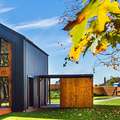











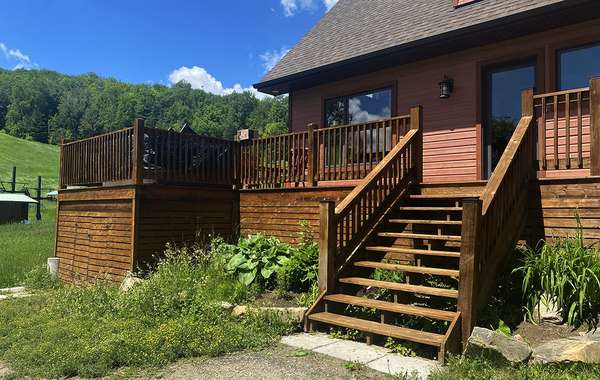

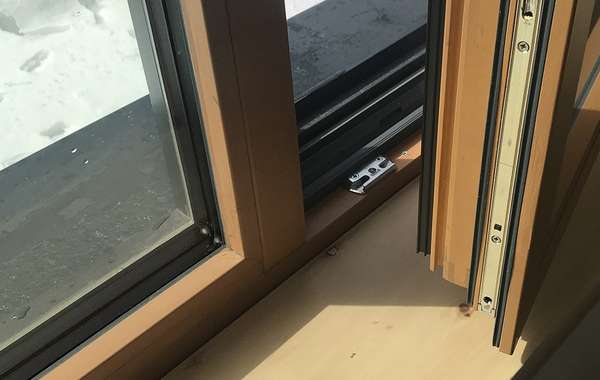

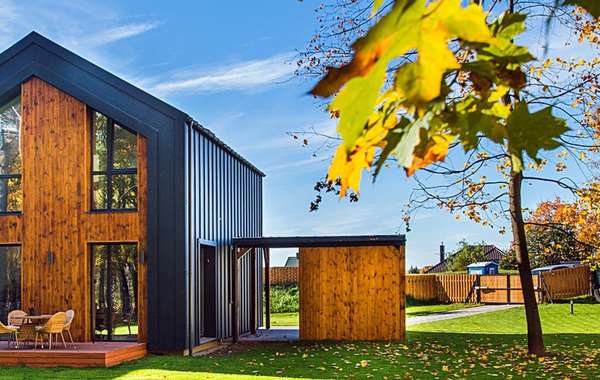
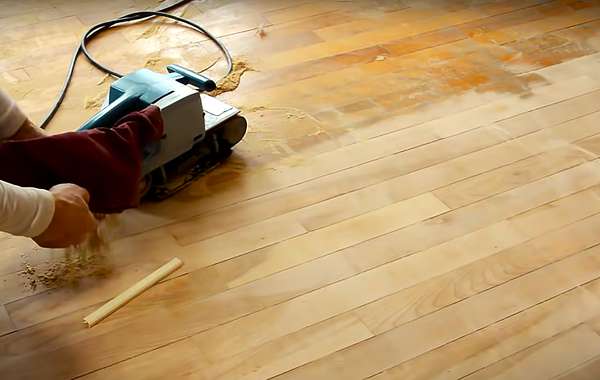
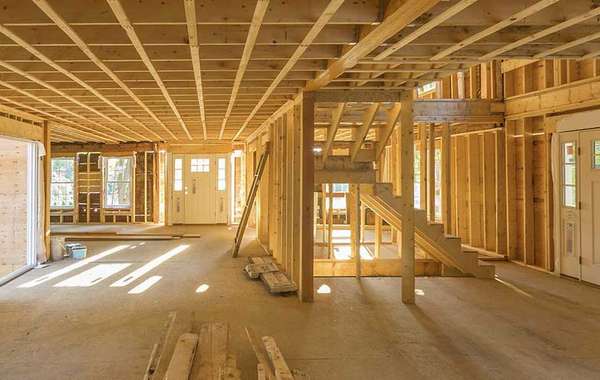

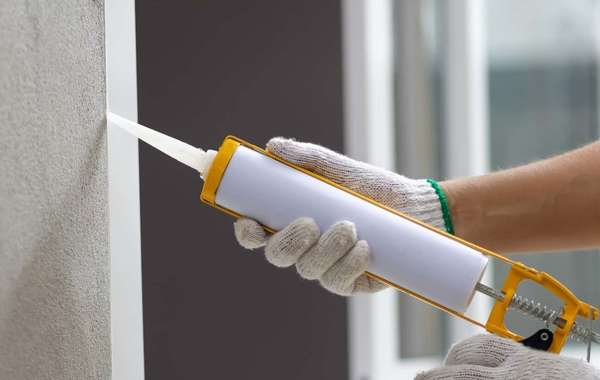
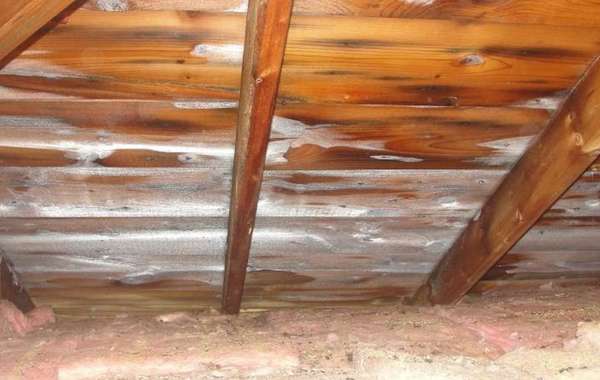
Thank you
Why would you say a 2% slope is necessary? - a boarded deck isn't the same as a membrane-covered deck that collects all the water that falls on it and does need to shed it away from the building. Rainwater is going to fall thru the gaps between each board in any case so trying to make it fall away from the building is pointless.
Depending on the direction the boards are facing, yes, the idea is that water will drain between the gaps. It's always better to drain water away from a house, and a 2% slope away is better than a 2% slope towards. Call it the belt and suspenders aproach. It doesn't cost a cent to do and you would never notice a 2% slope in your deck, but it may come in handy. Suspenders are also pointless, until your belt breaks.
What about aluminum decks for a house? What other materials do not need any upkeep?
been to to fix my deck. decks are much more spacey compared to patio. and also outdoors gets more enjoyable.
great stuff, Mike. I've always paid attention to why decks failed whenever I rebuilt. You've mentioned most of the "fatal flaws". One comment though - I have it from a very reliable source (Weyerhauser via a guy who owns 3 Rona stores in Ottawa) that you should not pressure wash a deck. One of my clients did it to a deck I built. He won't do it again. It looked great for a few months then turned black and rotted prematurely. Good for me, not so good for my client.